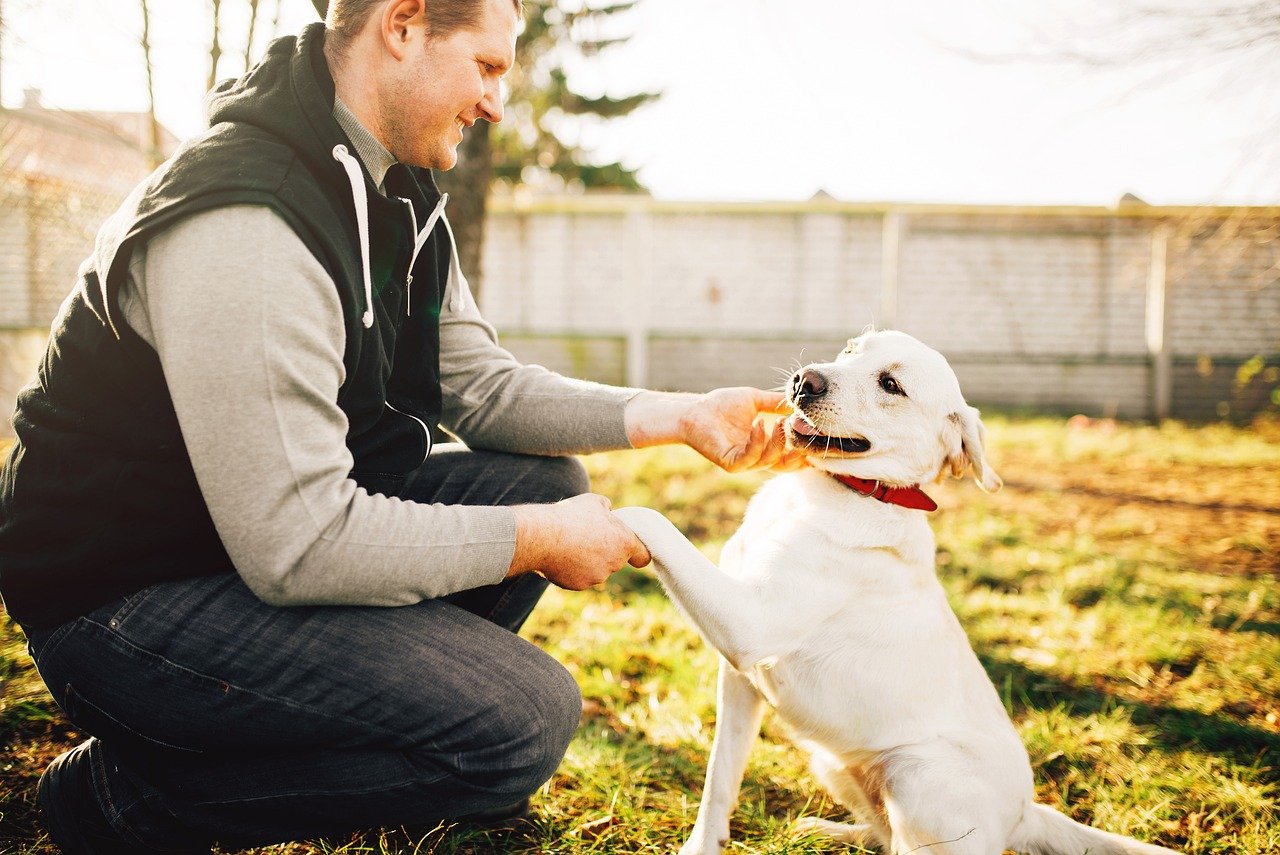Dogs are not just pets; they are members of our family, companions who share in our joys and comfort us in our sorrows. Understanding how dogs communicate their needs and desires is essential to nurturing a healthy, happy relationship with your furry friend. Dogs have their unique way of seeking attention, each method a reflection of their emotional state, desires, or needs. From the subtle lean of their body to the more overt acts like barking or jumping up, each behavior is a word in the language of dogs, aimed at engaging with their favorite humans. Recognizing and interpreting these signs not only helps in responding appropriately but also strengthens the bond between you and your dog, ensuring their well-being and happiness. In exploring the myriad ways dogs seek our attention, we uncover the depth of their emotional intelligence and the importance of our role in their lives.

1. Barking or Whining
One of the most straightforward ways a dog might try to get your attention is through vocalizations such as barking or whining. While it’s common to attribute such behavior to a need for physical activity or a simple desire for attention, it can also indicate more specific needs or emotions. A high-pitched bark or whine might signify excitement or a plea for playtime, while a low, continuous bark could point to something in their environment making them uneasy. Distinguishing between these sounds can help you understand what your dog is trying to communicate, whether it’s a request for engagement, a response to loneliness, or an alert to something amiss in their surroundings.
2. Pawing or Nudging
When your dog gently paws at you or nudges your hand with their nose, it’s a clear sign they’re seeking attention or affection. This tactile method is a dog’s way of saying, “Hey, look at me!” or “I need something.” It could be a request for food, a desire to play, or simply a need for some petting and cuddles. Responding to these gestures with the attention they’re seeking can reinforce positive behavior, while also providing an opportunity to strengthen your bond. However, it’s also important to ensure that this doesn’t evolve into a demand behavior that can become problematic if overindulged.
3. Leaning Against You
A more subtle form of communication, leaning is when a dog presses their body weight against your legs or side. This behavior often signifies a need for reassurance or affection. Dogs who lean on their owners are usually seeking comfort or security, indicating they feel safe and loved in your presence. It’s a sign of trust and can also be a dog’s way of offering comfort to you. Understanding and responding to this behavior can enhance the feeling of mutual support within the relationship, fostering a deeper emotional connection.
4. Bringing Toys or Objects to You
Dogs often bring toys, bones, or even household items to their owners as a way of initiating play or interaction. This behavior not only signifies their desire for attention but also their trust in you as their playmate and companion. It’s a gesture that says, “I want to share this moment with you,” highlighting the importance of shared activities in your relationship. Engaging in play not only satisfies their immediate desire for attention but also contributes to their physical and mental health, reinforcing the bond between you.
5. Jumping Up
Although it can be seen as problematic, especially in larger dogs, jumping up is a common way dogs express their excitement and desire for attention. This behavior often stems from puppyhood, when being closer to a person’s face allowed for more direct interaction. Training is important to manage this behavior appropriately, ensuring it doesn’t lead to accidents or misunderstandings. Recognizing the enthusiasm behind the action can help in redirecting their energy more constructively through commands or alternative greetings.
6. Following You Around
A dog that follows you from room to room is displaying a combination of attachment and a request for attention. This behavior, often referred to as “velcro dog” behavior, indicates their desire to be near you and involved in your activities, regardless of what those might be. It’s a sign of their social nature and their view of you as part of their pack. While endearing, it’s also crucial to encourage some independence in your dog to prevent anxiety when they’re left alone.
7. Licking
Licking is a behavior rooted in dogs’ puppyhood, where they licked their mothers’ mouths as a sign of affection or to prompt feeding. When your dog licks you, it can be a sign of affection, a request for attention, or their way of grooming you as part of their pack. Responding to this behavior with gentle petting or verbal praise can reinforce your bond, acknowledging their affection and ensuring they feel valued and loved.
8. Staring
A dog’s stare can be packed with meaning, from a simple desire for attention to a deeper expression of love and connection. Dogs often stare at their owners when they’re trying to communicate a need or desire, such as wanting to go outside or feeling hungry. However, a soft, relaxed gaze often signifies trust and affection, a non-verbal way of saying, “You’re important to me.” Understanding the context and nuances of your dog’s stare can help you better respond to their needs and emotions.

In conclusion, dogs communicate their needs and desires in a variety of ways, each behavior a word in their language of love and trust. Recognizing and understanding these signals is crucial for responding appropriately and strengthening the bond between you and your dog. Whether through vocalizations, physical gestures, or silent stares, each action is an invitation to engage, connect, and deepen the mutual affection and understanding that makes the relationship with your dog so unique and rewarding.
 Toledo, United States.
Toledo, United States.